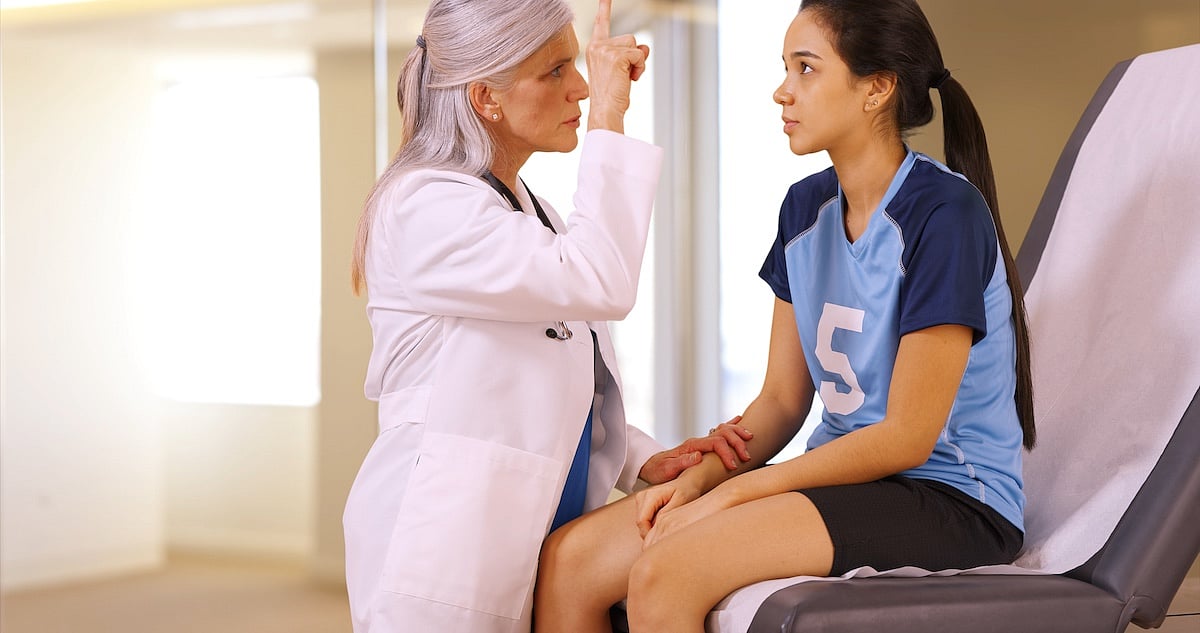Manténgase sano!

- Posted September 23, 2025
Head Impacts Cause Brain Cell Loss In Young Athletes
It’s back-to-school time, and young athletes are preparing to hit the field once more for their school or college.
However, participation in contact sports could be costing these athletes valuable brain power, according to a new study.
Repetitive head impact-related brain injuries can cause a cascade of brain cell loss as well as inflammation and vascular damage among young athletes participating in sports like football, soccer or ice hockey, researchers reported Sept. 17 in the journal Nature.
This damage can affect even players who don’t develop chronic traumatic encephalopathy, the degenerative brain disease caused by repeated head impacts, researchers said.
“These results have the potential to significantly change how we view contact sports,” said senior researcher Jonathan Cherry, director of the digital pathology core at the Boston University CTE Center.
“They suggest that exposure to repetitive head impacts can kill brain cells and cause long-term brain damage, independent of CTE,” he said in a news release.
It’s been suspected that repetitive head impacts start changing the brain years before CTE appears, but proof has been elusive because CTE can only be definitively diagnosed after death.
For this study, researchers analyzed frozen human brain tissue from 28 men between 25 and 51 years of age.
Eight of the samples came from football or soccer players who hadn’t been diagnosed with CTE, and 11 from contact-sports athletes with low-stage CTE. The remaining eight samples came from men who didn’t play contact sports.
Researchers found a striking 56% loss of neurons in young athletes participating in contact sports. The neuron loss was precisely in the brain regions that receive the hardest hits during head impacts.
Further, the neuron loss was observed in all athletes, regardless of whether they had CTE, researchers said.
The team also observed that the brain’s immune cells, called microglia, became increasingly activated as athletes played contact sports for more years, and important changes in the brain’s blood vessels also occurred. This could set the stage for inflammation and brain damage long before CTE is visible.
“You don't expect to see neuron loss or inflammation in the brains of young athletes because they are generally free of disease,” Cherry said. “These findings suggest that repetitive head impacts cause brain injury much earlier than we previously thought.”
And the risk posed by contact sports is noteworthy.
“The risk for CTE is directly related to repetitive head impact exposure in contact sports,” Cherry said. “These results highlight that even athletes without CTE can have substantial brain injury. Understanding how these changes occur, and how to detect them during life, will help the development of better prevention strategies and treatments to protect young athletes.”
The study was funded by the National Institutes of Health.
"What's striking is the dramatic cellular changes, including significant, location-specific neuron loss in young athletes who had no detectable CTE," Dr. Richard Hodes, director of NIH's National Institute on Aging, said in a news release.
"Understanding these early events may help us protect young athletes today as well as reduce risks for dementia in the future,” added Hodes, who was not involved in the study.
More information
Harvard Medical School has more on CTE.
SOURCES: Boston University, news release, Sept. 17, 2025; National Institutes of Health, news release, Sept. 17, 2025




